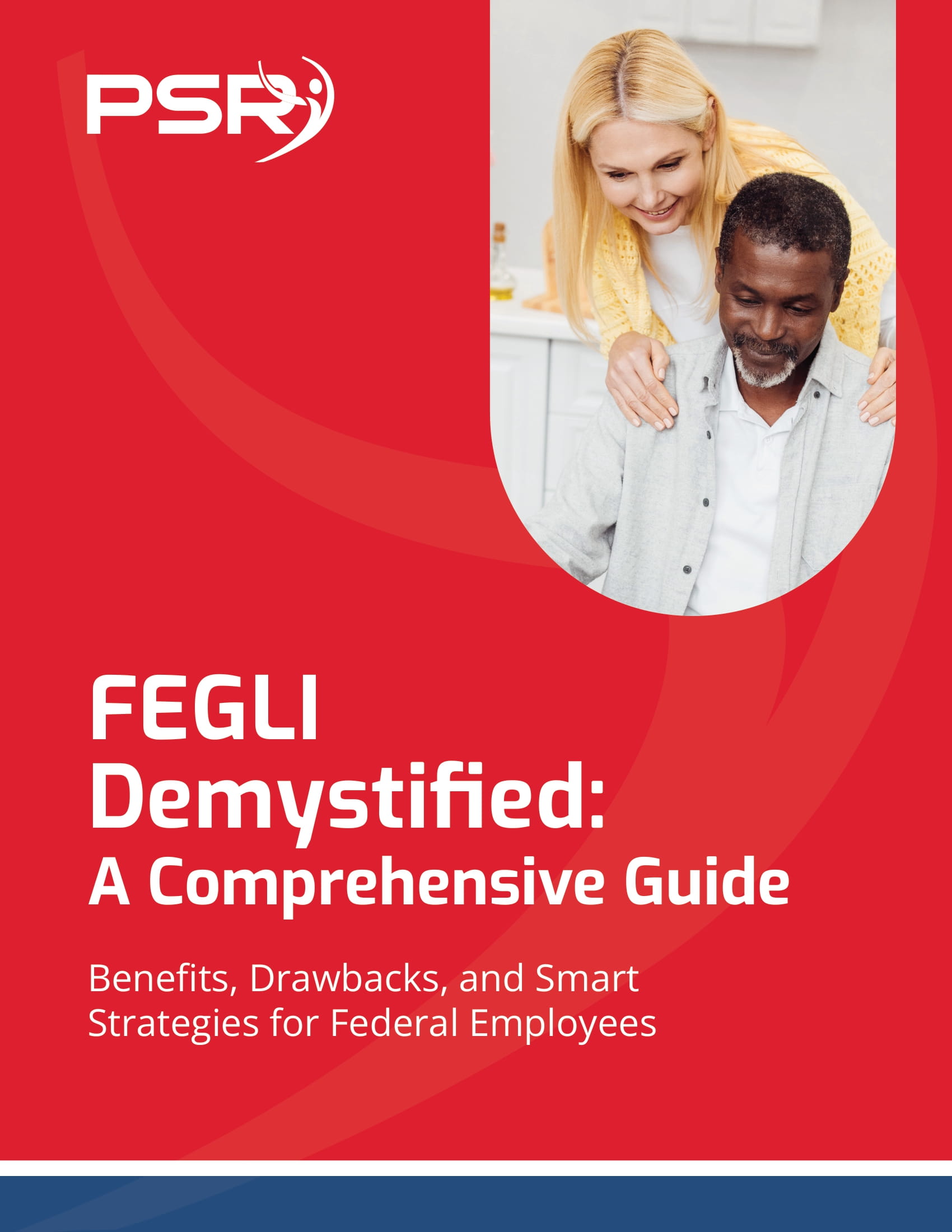Key Takeaways
-
Rising healthcare costs and new Medicare rules in 2025 are causing many federal retirees to reassess their long-term health coverage strategies.
-
Combining Federal Employees Health Benefits (FEHB) with Medicare requires careful evaluation to avoid unnecessary costs and to ensure seamless coverage.
Understanding the Current Healthcare Environment for Federal Retirees
Healthcare coverage for federal retirees has always been a crucial piece of retirement
- Also Read: You’ve Got Years of FERS Service—Now Here’s How to Make It Work Harder
- Also Read: TRICARE Doesn’t Cover Everything—Here’s What Military Families Are Asking in 2025
- Also Read: Social Security and Federal Pensions Don’t Always Get Along—Here’s Why It Matters Now
Many retirees now realize that sticking with the same plan they had during their working years might not be the most cost-effective or comprehensive option. Healthcare needs change with age, and so do the financial and administrative aspects of health insurance.
How FEHB and Medicare Work Together in 2025
When you retire from federal service and become eligible for Medicare at age 65, you are allowed to keep your FEHB coverage. In fact, many retirees maintain both FEHB and Medicare Part A and Part B to build a robust, layered approach to their healthcare.
-
Medicare Part A remains premium-free for most federal retirees and covers hospital-related costs.
-
Medicare Part B requires a standard monthly premium, which has risen to $185 in 2025, and covers outpatient services.
-
FEHB plans become secondary to Medicare when you enroll in both, often covering copayments, deductibles, and additional services not fully paid by Medicare.
In 2025, several FEHB plans offer incentives such as Part B premium reimbursement or reduced out-of-pocket expenses for enrollees who carry both FEHB and Medicare Part B. But careful evaluation is necessary because not all plans offer these benefits.
Reasons to Reevaluate Your Health Coverage at Retirement
There are strong financial and healthcare-related reasons why you should rethink your coverage when transitioning from federal employment to retirement:
-
New healthcare needs: Chronic conditions, preventive services, and specialist care often become more frequent and necessary after age 65.
-
Cost predictability: With Medicare as your primary coverage, you often pay fewer unpredictable expenses, especially for hospital stays and outpatient visits.
-
Prescription drug costs: As Medicare Part D and FEHB plans adjust in 2025, choosing the right combination can significantly affect your medication costs.
-
Family considerations: If you cover a spouse or dependents under your FEHB plan, you must consider how any changes will impact their coverage.
Important Considerations When Choosing a Strategy
As you approach or continue your retirement journey, evaluating your options requires attention to several key factors:
1. Medicare Part B Enrollment
Enrolling in Medicare Part B at 65 is essential if you want to avoid permanent late penalties. Even though FEHB covers outpatient care, failing to enroll in Part B can result in:
-
A lifetime late enrollment penalty added to your monthly premium.
-
Increased exposure to high out-of-pocket expenses if you rely solely on FEHB for outpatient services.
Exceptions exist if you qualify for a Special Enrollment Period (SEP) due to continued employment, but most retirees must act within their Initial Enrollment Period.
2. Evaluating FEHB Plans that Coordinate Well with Medicare
Some FEHB plans in 2025 coordinate better with Medicare than others. Plans that waive deductibles, reduce copays, or even reimburse part of your Part B premium can make a noticeable difference in your healthcare costs.
When reviewing your Open Season options from November to December, look for:
-
Plans with “Medicare Advantage” options or Medicare coordination benefits.
-
Plans that offer lower out-of-pocket maximums when combined with Medicare.
-
Documentation that clearly explains coordination of benefits.
3. Managing Prescription Drug Coverage
If you have Medicare Part A and Part B, FEHB typically continues to provide prescription drug coverage. However, new changes in Medicare Part D for 2025 eliminate the “donut hole,” introduce a $2,000 out-of-pocket cap, and offer the ability to spread drug costs over the year.
You should compare the following:
-
How your FEHB plan’s drug coverage stacks up against the new Medicare Part D rules.
-
Whether enrolling separately in Medicare Part D adds any value (in many cases, it does not if you keep FEHB).
4. Out-of-Pocket Maximums Matter More Now
In 2025, FEHB plans generally include an annual out-of-pocket maximum, protecting you from runaway healthcare costs. When Medicare is primary and FEHB is secondary, your actual healthcare spending can dramatically decrease.
Understanding these maximums under each plan you consider is critical. You should evaluate:
-
What the maximum limits are for in-network services.
-
Whether additional protections are offered for out-of-network services.
5. Planning for Future Health Needs
Your health needs will likely evolve over your retirement years. It’s smart to:
-
Choose a plan that offers strong coverage for rehabilitation, home health, and skilled nursing facility care.
-
Ensure coverage is flexible if you relocate to a different state later in retirement.
Federal retirees moving to a new area must make sure both Medicare and FEHB coverage will remain robust and accessible.
Why 2025 Open Season Is So Critical for Retirees
The Open Season period, running from November to December each year, gives you the opportunity to:
-
Review FEHB plan brochures carefully.
-
Compare costs, benefits, and Medicare coordination features.
-
Adjust your enrollment based on your current health and future expectations.
Missing Open Season could mean remaining locked into a plan that no longer fits your needs for another year.
Hidden Costs You Need to Watch for in 2025
Even with careful coordination, retirees must remain alert to the possibility of:
-
IRMAA surcharges on Medicare Part B and D premiums if your income is above set thresholds (over $106,000 for individuals or $212,000 for couples in 2025).
-
Unexpected balance billing if you use out-of-network providers not fully covered under FEHB or Medicare.
-
Inflation-driven increases in coinsurance and copayment amounts in FEHB plans.
Understanding these potential costs can help you plan your budget and avoid financial surprises.
Common Mistakes Retirees Make When Choosing Health Coverage
Despite the resources available, some federal retirees continue to make avoidable mistakes when it comes to post-retirement healthcare decisions:
-
Not enrolling in Medicare Part B when first eligible.
-
Assuming their old FEHB plan is still the best fit without comparing options.
-
Ignoring how drug coverage is affected by new Medicare rules.
-
Forgetting to factor in the healthcare needs of a covered spouse.
-
Overlooking the importance of out-of-pocket limits.
Awareness and proactive planning can help you avoid these pitfalls.
Steps to Take Today to Secure Smarter Healthcare Coverage
To protect your health and finances in retirement, you should take the following steps:
-
Mark your calendar for the next Open Season.
-
Gather and review your plan brochures for all available FEHB options.
-
Analyze your current and anticipated health needs over the next few years.
-
Compare plans side by side focusing on coordination with Medicare, out-of-pocket costs, and special retiree benefits.
-
Consult a licensed professional listed on this website for personalized advice.
The more you prepare now, the smoother your healthcare experience will be in retirement.
Staying Proactive About Your Retirement Healthcare Choices
In 2025, public sector retirees face a healthcare environment that is more complex and potentially more costly than ever before. By reassessing your health coverage strategy now, you can better protect yourself against rising costs, maintain access to high-quality care, and enjoy the peace of mind that comes with knowing you are well-covered.
If you are unsure about the best way to coordinate FEHB with Medicare or need help comparing plan options, get in touch with a licensed professional listed on this website. A brief consultation today could save you thousands of dollars and countless headaches later.









